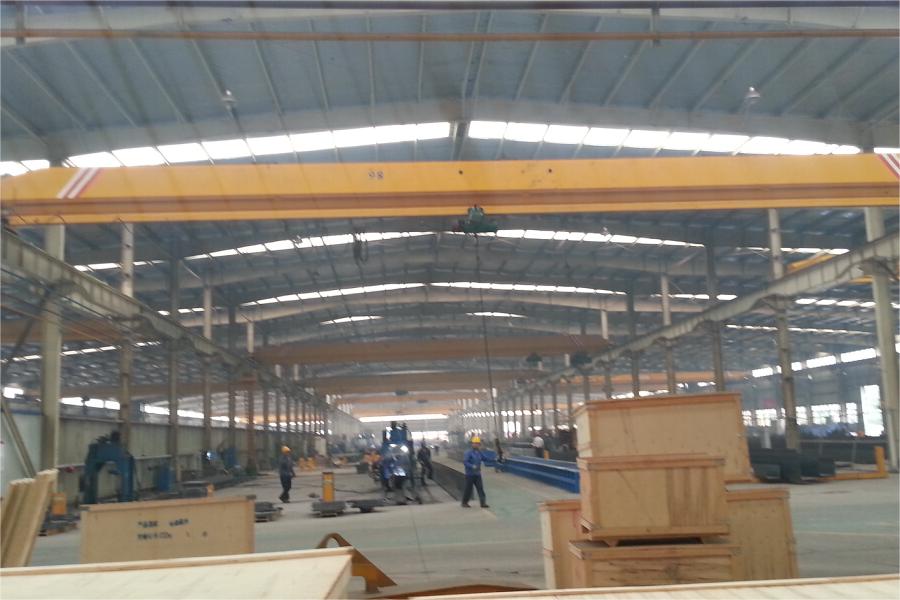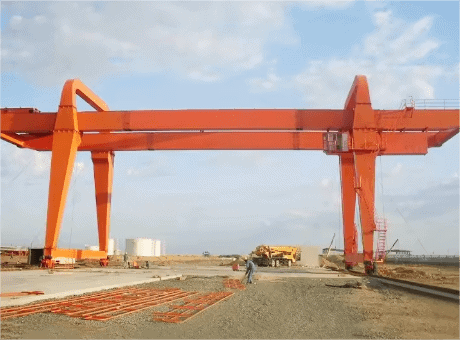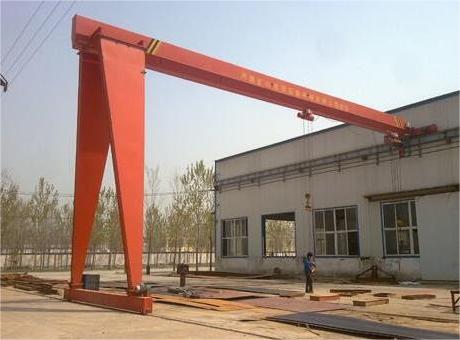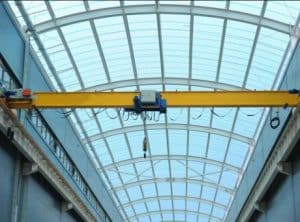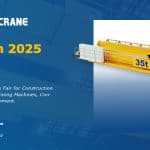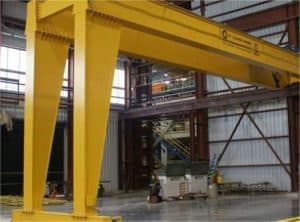Проще говоря, мостовой кран — это машина или часть оборудования, которая позволяет вам поднимать и перемещать тяжелые материалы из одного места в другое точным образом. Не существует универсального подхода к определению мостового крана, поскольку каждый мостовой кран тщательно спроектирован и спроектирован для определенной цели или применения, чтобы соответствовать потребностям бизнеса в обработке материалов.
Однобалочный мостовой кран устанавливается внутри здания и обычно использует конструкцию здания в качестве опоры. Мостовой кран почти всегда имеет подъемник, который будет двигаться влево или вправо. Часто эти краны также будут работать на рельсах, поэтому вся система может двигаться вперед или назад через здание.
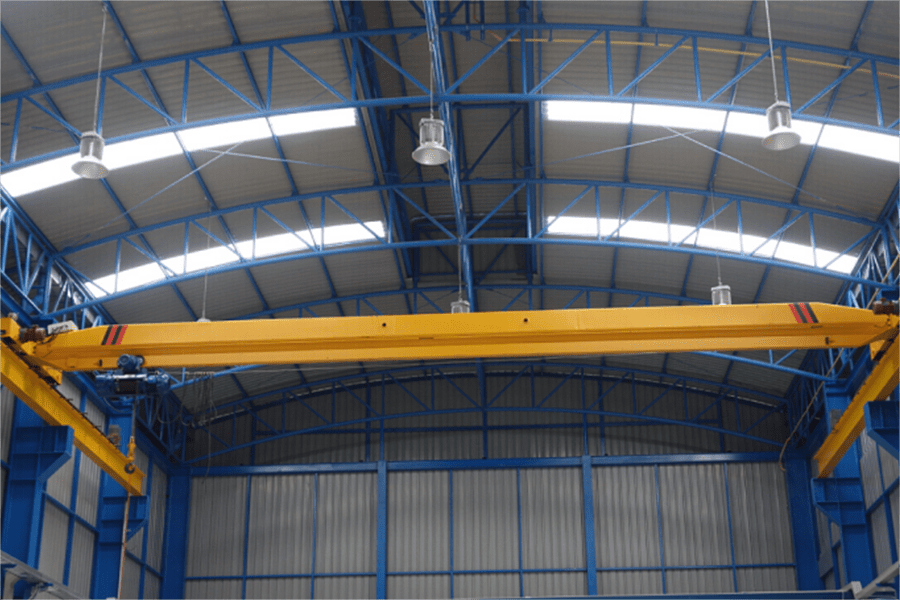
The Однобалочный мостовой кран имеет одну двутавровую балку или «балку», которая поддерживает груз. Такие краны обычно легче и поднимают меньший вес, чем их двухбалочные аналоги. Они все еще могут поднимать довольно много по сравнению с некоторыми другими кранами, но их грузоподъемность обычно составляет около 20 тонн.
Мостовые краны используются во многих отраслях промышленности, от автомобильных заводов до бумажных фабрик. Если вам нужно переместить что-то очень тяжелое внутри здания, мостовой кран вам не найти. Они очень надежны и делают работу внутри зданий намного более эффективной. Цена однобалочных мостовых кранов ниже.
Однобалочные мостовые краны могут быть спроектированы и построены во всех видах конфигураций, и различные компоненты могут быть заменены или спроектированы для улучшения их мощности и производительности. Некоторые из наиболее популярных причин использования мостового крана включают в себя:
Loading or unloading materials from a truck.
Перемещение материалов по объекту более эффективно, чем с помощью тягача или рабочей силы.
Переворачивание формы и ее извлечение из штамповочного пресса на заводе-изготовителе.
Подача сырья в машину на производственном предприятии.
Перемещение деталей или узлов по сборочной линии контролируемым образом.
Перемещение контейнеров по судостроительной или железнодорожной верфи.
